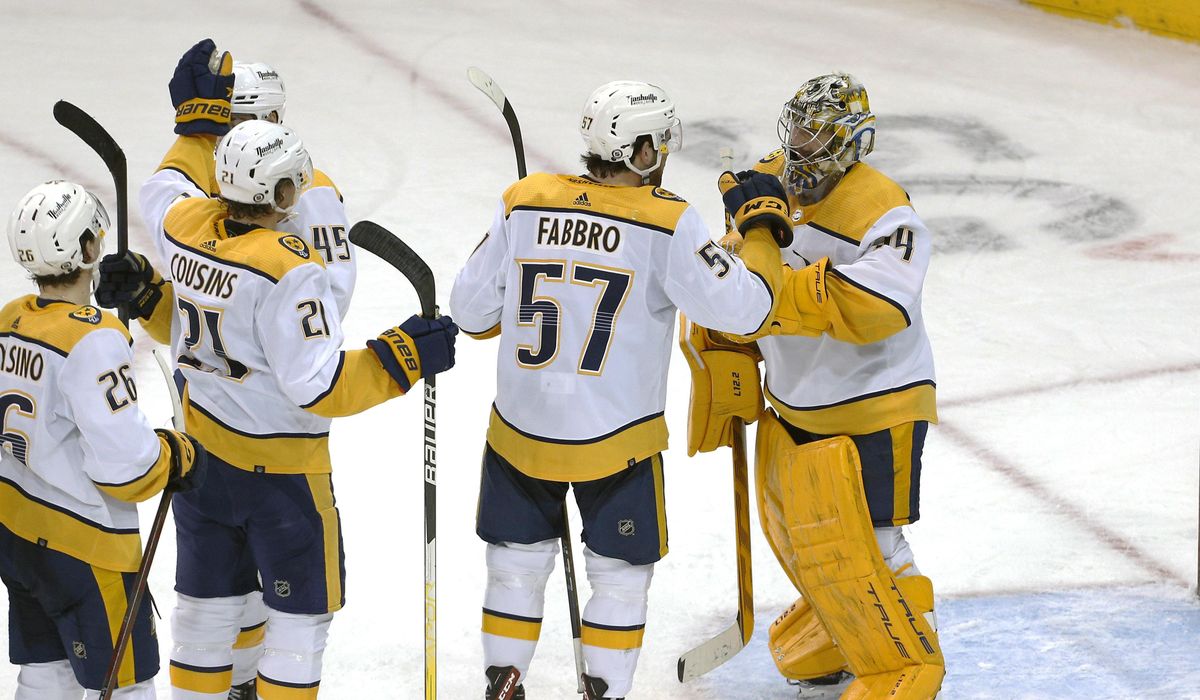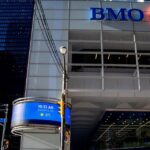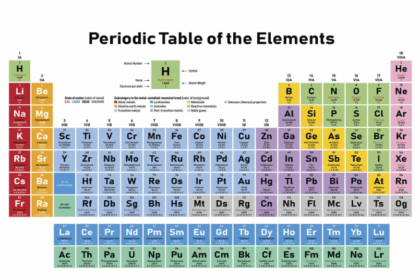
When you saw the packed stadiums and arenas, when you knew that nearly all athletes had been vaccinated, when there was little mention of positive tests or quarantines, it was so easy to believe the worst was over.
Sports, it seemed, had survived the COVID-19 pandemic.
Not so fast.
By taking their eye off the ball (or puck), professional and college sports left themselves susceptible to just the sort of chaos we’ve seen in recent days.
Games postponed. Practices canceled. Scores of players in isolation after testing positive or being around someone who did. The Cleveland Browns facing the possibility of starting a quarterback they just signed off the practice squad.
The virus has made a rousing comeback.
On Friday, the NFL hastily pushed back three weekend games, including the one involving the Browns, to Monday and Tuesday. Over the weekend, the NHL shut down six more teams through the holiday break.
Even when games are played, they are often marred by those who aren’t there.
In a rather ludicrous spectacle that passed for an NHL game, the Nashville Predators defeated the Colorado Avalanche 5-2 Thursday night with both rosters ravaged by COVID-19. Less than 24 hours later, all games for the Avalanche and Florida Panthers were postponed at least through the Christmas weekend.
The NBA is dealing with the same sort of issues, along with several college hoops teams. A men’s game was hastily thrown together Saturday in Las Vegas between No. 21 Kentucky and North Carolina after their original opponents — No. 15 Ohio State and No. 4 UCLA — pulled out because of COVID-19.
This comes on the heels of soaring infections in Europe, which has led the English Premier League to call off soccer matches and the German government to temporarily restrict Bundesliga arenas to 50% capacity or 15,000 fans.
What’s next?
Much of that depends on how effectively the pro leagues and college conferences are able to mitigate the spread of the virus in the next few weeks, a difficult task further hampered by the rise of the highly contagious omicron variant.
The NFL, which took a major hit when Green Bay quarterback Aaron Rodgers deceived the media and general public into believing he was vaccinated and flaunted virus protocols, announced Thursday a return to many of the stricter guidelines that were in place a year ago.
That includes everyone wearing masks at training facilities regardless of vaccination status, remote or outdoor meetings, no in-person meals, limiting the number of people in team weight rooms, and restrictions on activities outside the team facilities.
The NBA and its players also agreed to enhanced health and safety protocols through the holiday season.
The one thing that’s not going to happen is a widespread shutdown of sports, like we saw at the beginning of the pandemic.
Sports lost billions in 2020. The owners are not about to let that happen again.
They’ll likely get no objection to carrying on largely with business as usual from all those Americans who’ve decided that the best way to beat the virus is to simply ignore it.
Many athletes who’ve tested positive show no signs of being ill, leading some to wonder if they should be forced to sit out when they feel perfectly normal.
Experts acknowledge there’s little need to shut down for a few weeks or go to the sort of “bubble” system that allowed leagues to complete their 2020 seasons.
“We’re in a very different world from a year ago,” said Dr. Peter Chin-Hong, an infectious disease specialist at the University of California, San Francisco. “It’s not too bad for young, healthy athletes.”
No argument there. But if athletes were allowed to compete while asymptomatic, they could pass on COVID-19 to someone who is at much greater risk. A coach, perhaps. Maybe a locker room attendant.
The virus still has a death rate of 1.6% in the U.S. — roughly 16 times greater than the flu.
That risk could be managed better with mandated vaccines for players, staff and fans, stricter protocols, and daily testing — and then some.
Hopefully, at some point, we’ll get to a stage in this horrible pandemic where most people are immunized and effective treatments are widely available.
Maybe there will come a time when COVID-19 is viewed as roughly the equivalent of the common cold.
But, as sports has discovered in recent days, we’re not there yet.
Not even close.
For more information, visit The Washington Times COVID-19 resource page.








